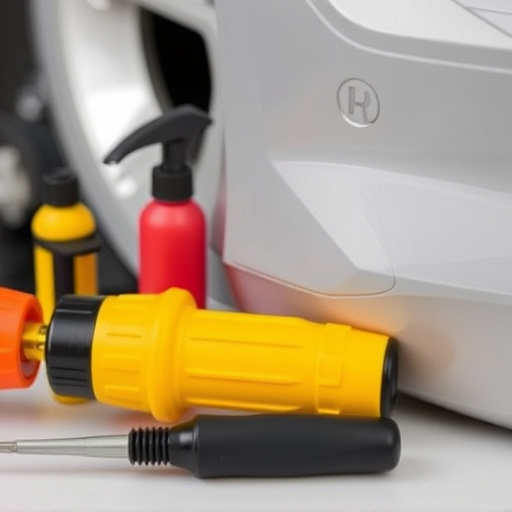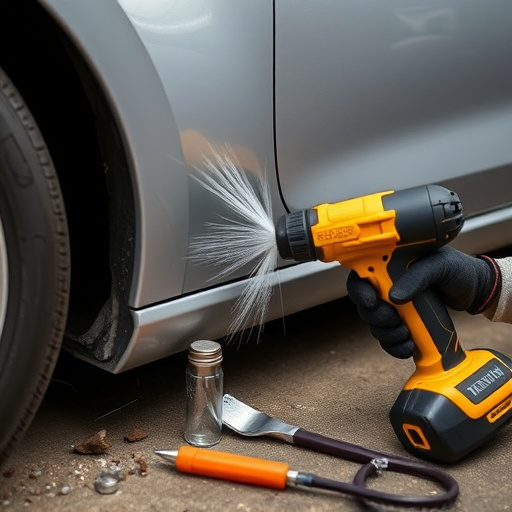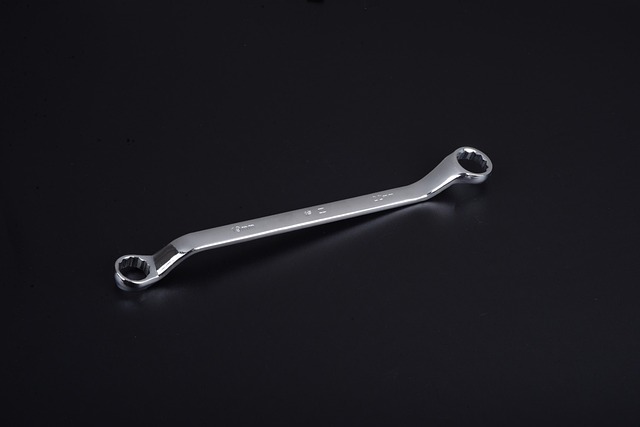Supplemental claims assistance is vital for effective vehicle damage management, particularly with specialized services like auto detailing or extensive body work. It involves a detailed inspection beyond standard repairs to identify hidden damages, ensuring all vehicle aspects are addressed. This process prevents future structural issues, maintains safety and aesthetics, and is essential for accurate assessments of complex cases. Efficient handling of these claims through organized digital systems facilitates quick resolutions, customer satisfaction, and high-quality, cost-effective body repair.
In today’s complex insurance landscape, understanding supplemental claims assistance is crucial for efficient claim handling. When damage goes beyond initial assessments, additional inspection becomes vital. This article guides you through the process of recognizing signs that warrant further scrutiny and managing supplemental claims assistance effectively. Learn when and why this step is necessary, and discover strategies to streamline the process, ensuring a seamless experience for all parties involved.
- Understanding Supplemental Claims Assistance: When and Why It's Necessary
- Identifying Signs That Require Additional Inspection
- The Process of Handling Supplemental Damage Claims Efficiently
Understanding Supplemental Claims Assistance: When and Why It's Necessary

Supplemental claims assistance plays a pivotal role in ensuring thorough and efficient handling of damage that goes beyond standard repairs. This is particularly necessary when an incident results in complex or specialized auto body services, such as intricate auto detailing or extensive auto body work. In such cases, traditional repair processes may not suffice, necessitating additional inspection to accurately assess the scope of required services.
Understanding when to invoke supplemental claims assistance is crucial. It’s not merely about extra costs but ensuring every aspect of the vehicle is addressed. For instance, an accident could leave unseen damage, like dents or cracks in difficult-to-reach areas, which might only be revealed through meticulous auto body inspection. This additional step is vital to prevent future issues and guarantee a vehicle’s structural integrity, ensuring both safety and aesthetic appeal after completion of auto detailing or auto body work.
Identifying Signs That Require Additional Inspection

When evaluating a supplemental claim for damage, it’s crucial to identify visible signs that might warrant further inspection by automotive repair experts. Dents, scratches, and cracks on the vehicle’s exterior are often the first indicators of potential issues. However, internal components may also need attention if there are symptoms like strange noises, fluid leaks, or unusual smells.
Additional inspection is especially important for comprehensive auto body services and ensuring that all aspects of the vehicle are safe and functional. Body shop services professionals can then perform detailed assessments using specialized tools to detect hidden damage, such as frame misalignment or compromised structural integrity. This proactive approach is key in providing accurate supplemental claims assistance.
The Process of Handling Supplemental Damage Claims Efficiently

When dealing with supplemental damage claims, efficient handling is key to ensuring swift resolution and customer satisfaction. The process begins with a thorough assessment of the vehicle’s condition, identifying any additional repairs needed beyond standard insurance coverage. This often involves specialized inspections, especially for complex damages such as those requiring car body restoration or tire services.
Well-organized claim management systems facilitate this process by streamlining communication between insurers, repair facilities, and policyholders. Quick turnaround times are achieved through digital documentation, real-time updates, and efficient coordination among stakeholders. This not only minimizes disruption to the policyholder’s routine but also promotes cost-effective vehicle body repair, ensuring the highest quality standards in every step of the supplemental claims assistance process.
In understanding the necessity of supplemental damage assistance, recognizing signs that warrant further inspection, and efficiently handling these claims, businesses can ensure a seamless process and better serve their clients. By implementing a structured approach, including prompt action and thorough evaluation, they can minimize disruptions and maximize customer satisfaction. Supplemental claims assistance is an invaluable tool for navigating complex repair scenarios, ultimately contributing to a positive and transparent experience for all parties involved.














